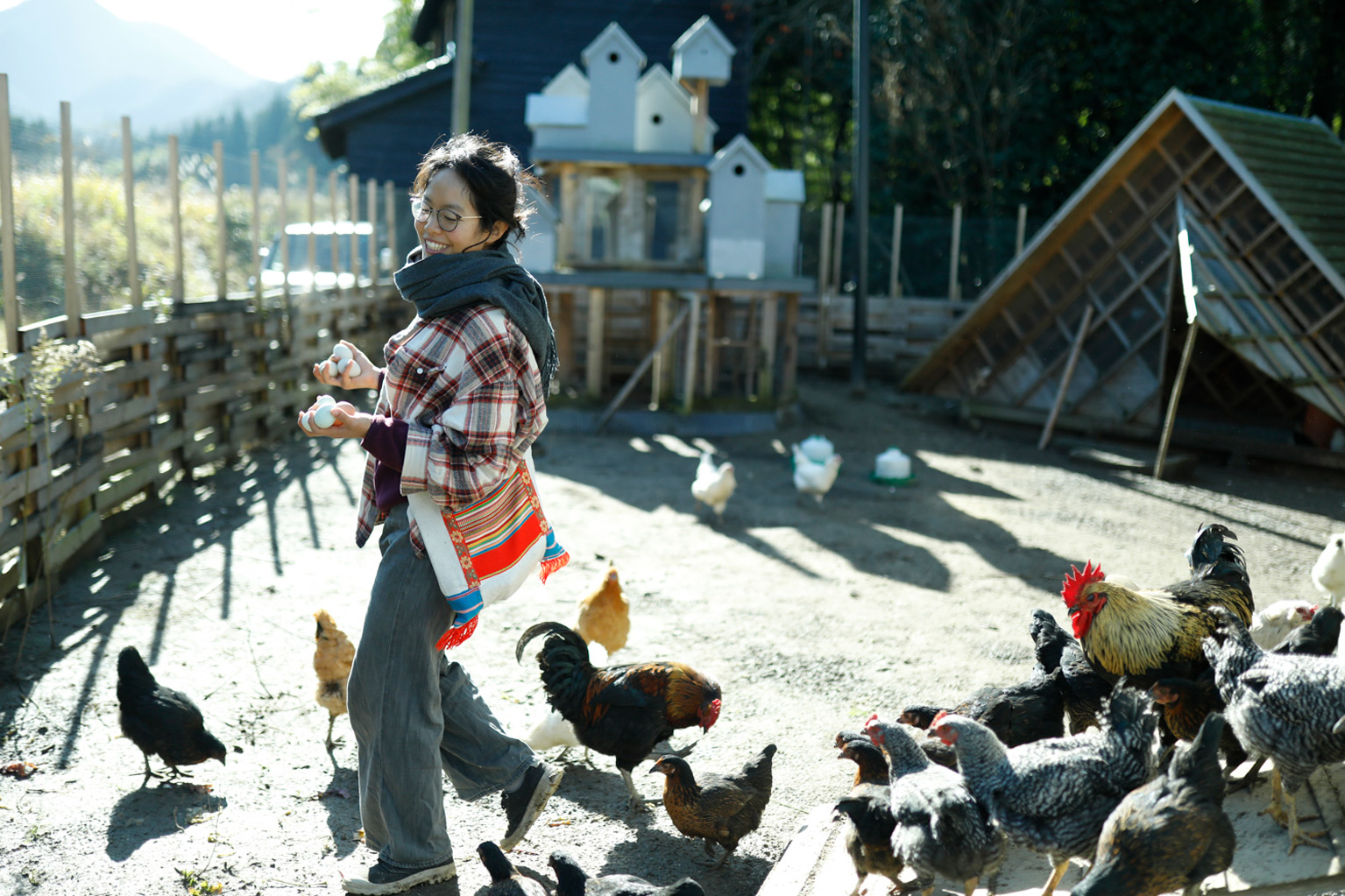Technically, Takigahara, located in Komatsu, Ishikawa Prefecture, is a farm. It has chickens, goats, rice fields and vegetable patches. But in practice, Takigahara is a community. The Takigahara members interviewed — Miles Lawrence, Anna Jensen, Ryo Ogawa, Graham Davies — all showcase an overwhelming sense of communal spirit.
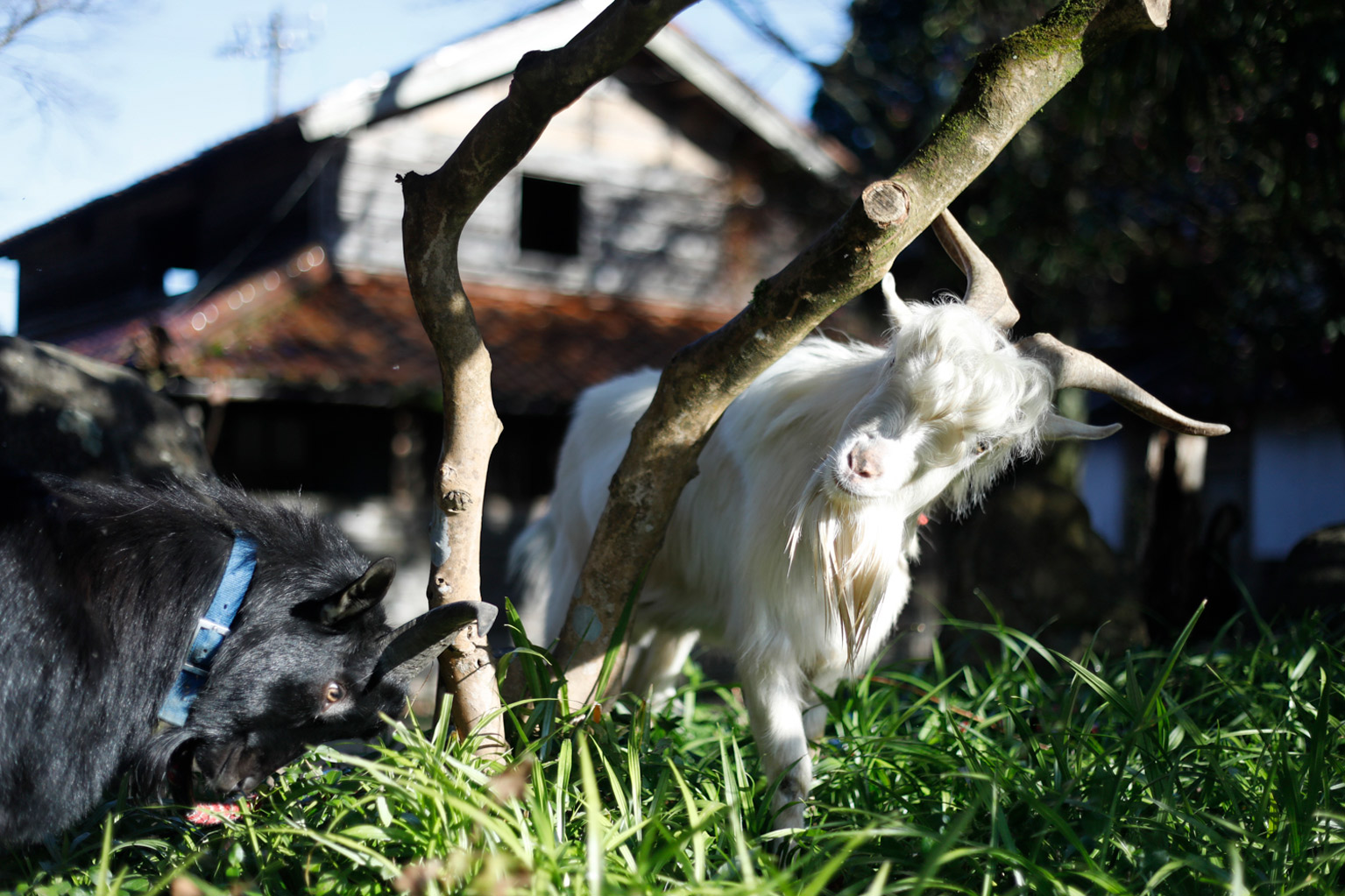
What is Takigahara?
Anna Jensen tells us that Takigahara is “fluid.” Many people come and go, and everyone is welcome. The website and Google Maps tell us it’s known as Takigahara Farm, but as the project has expanded, Takigahara has outgrown the name and its defining characteristics are harder to pin down.
In 2015, Teruo Kurosaki visited Hiyo Moss Garden near Takigahara village and learned of the abandoned houses here through the Hokuriku Old House Revitalization Organization. Upon his return to Tokyo, Kurosaki asked a young acquaintance, Ryo Ogawa, if he’d like to go and start up a community in the area. Ogawa was game, and moved to Takigahara once all the paperwork was finished in 2016. He has been there since. “At first it was only me. I just kept inviting friends over to visit and help. Some of them would end up staying,” he says.
While Takigahara received government funding to start, nowadays the bulk of Takigahara’s income comes from its on-site products. The project’s main services are its events and workshops. The annual music festival, Ishinoko (stylized ishinoko), the Nature School, school group experiences and other one-off events are designed to attract visitors to the once aging town.
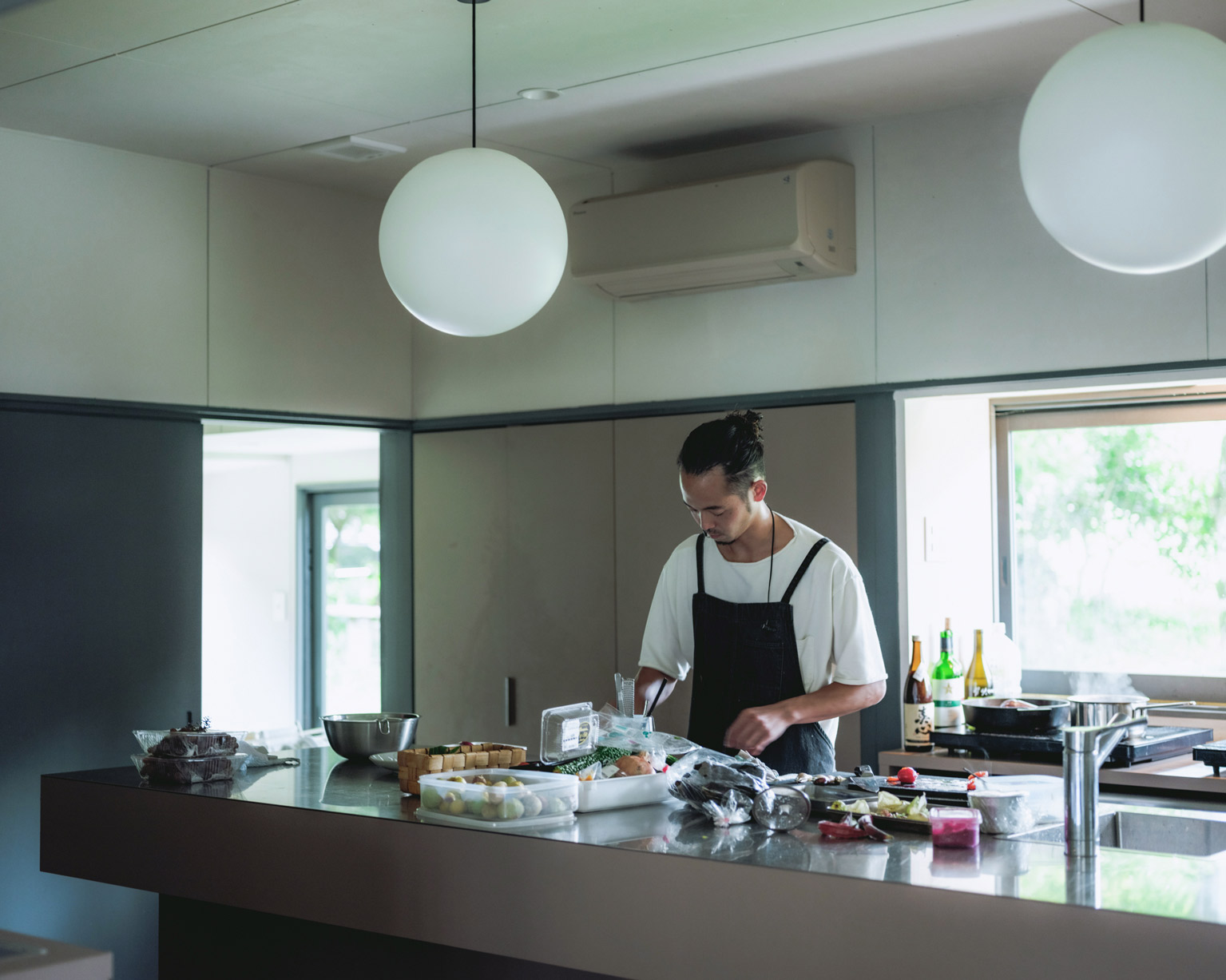
Takigahara: A Place of Growth and Crafts
Since Takigahara’s inception, several buildings have been added to the original Omoya structure, which is now used as a shared house for the Takigahara community and its members. A café, a hostel, and a workshop studio, as well as chicken coops, outhouses, rice paddies and vegetable fields have expanded the complex.
Takigahara Café is designed to make the most of Takigahara’s seasonal produce and locally sourced ingredients. It serves galettes made using local buckwheat, an idea dreamed up by Kurosaki, who wanted people in Japan to experience soba in a different way.
Yukari Tanaka runs the café and is constantly dreaming up ways to pickle and preserve throughout the year. In the evenings, the café turns into a restaurant headed by chef Tomohiro Sugaya. Multi-course meals as well as a selection of flavorful a la carte items are on the menu.
Craft and Stay, the appropriately named workshop and hostel, is located inside a 100-year-old farmhouse. It hosts visiting artisans who teach artisanal crafts such as woodwork and bamboo weaving. Next door is Moss Bar, which serves fine Hokuriku sake and whiskey. Book the second-floor lounge for a private space to listen one of your favorite vinyl records.
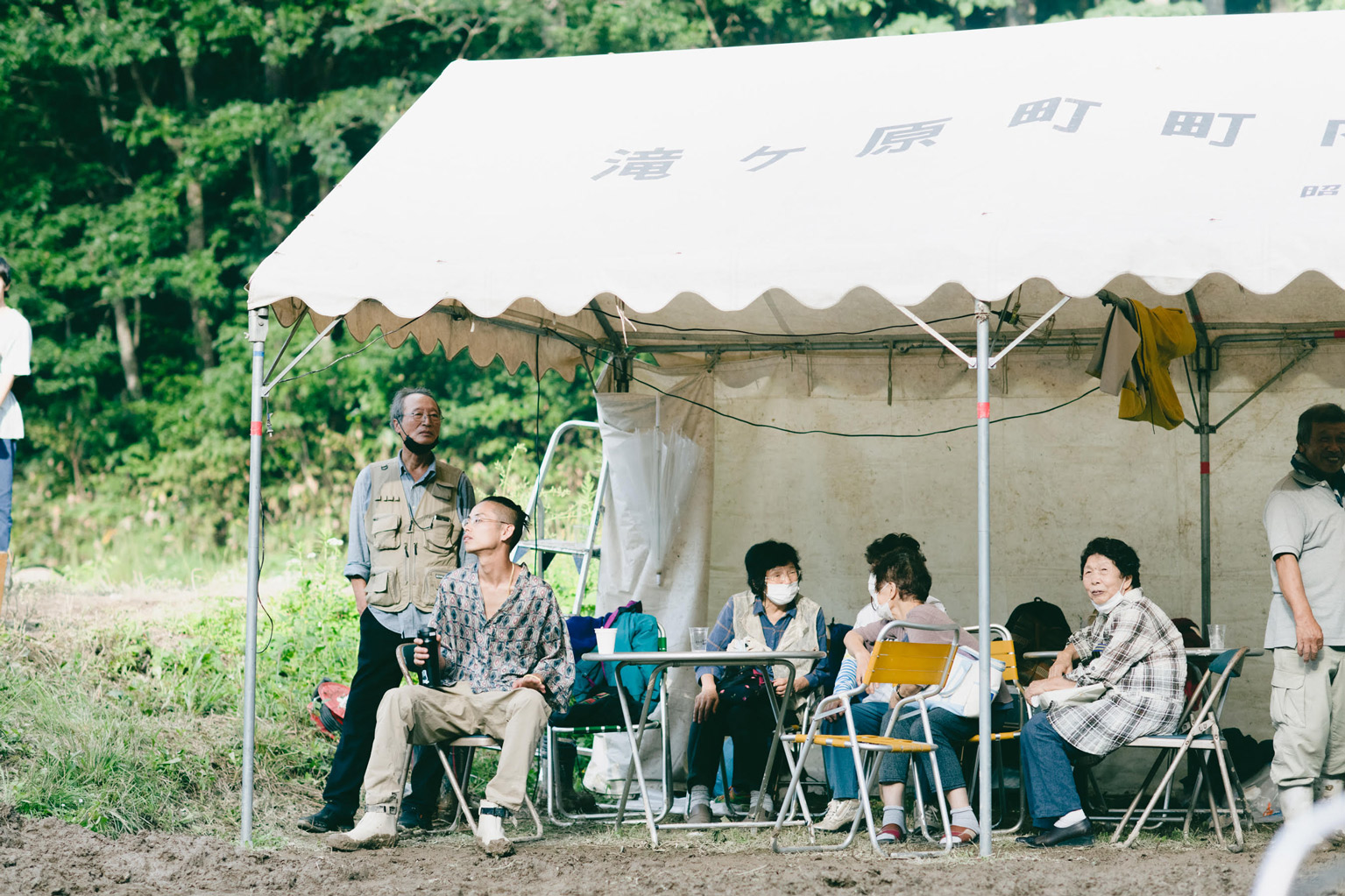
Takigahara: Community Spirit Runs Deep
Asking each member for their job title yields vague answers, and asking them to describe their role at the farm makes things even more ambiguous. Graham Davies, for instance, lives on the Takigahara complex and helps organize an annual music festival there. However, when it comes to daily operations, “I’m not actually involved.”
He visited Takigahara during the Covid-19 pandemic and liked it so much that he stayed. Living here, he is organically involved in a variety of activities, including the music festival and the Nature School, alongside Ogawa.
Four years after Ogawa arrived, Miles Lawrence followed, headed to the farm on Kurosaki’s instruction to “make Takigahara better.” He moved as a member of the Chiiki Okoshi Kyouryoku Tai, a Japanese government program for young people moving from the city to the countryside, along with three others.
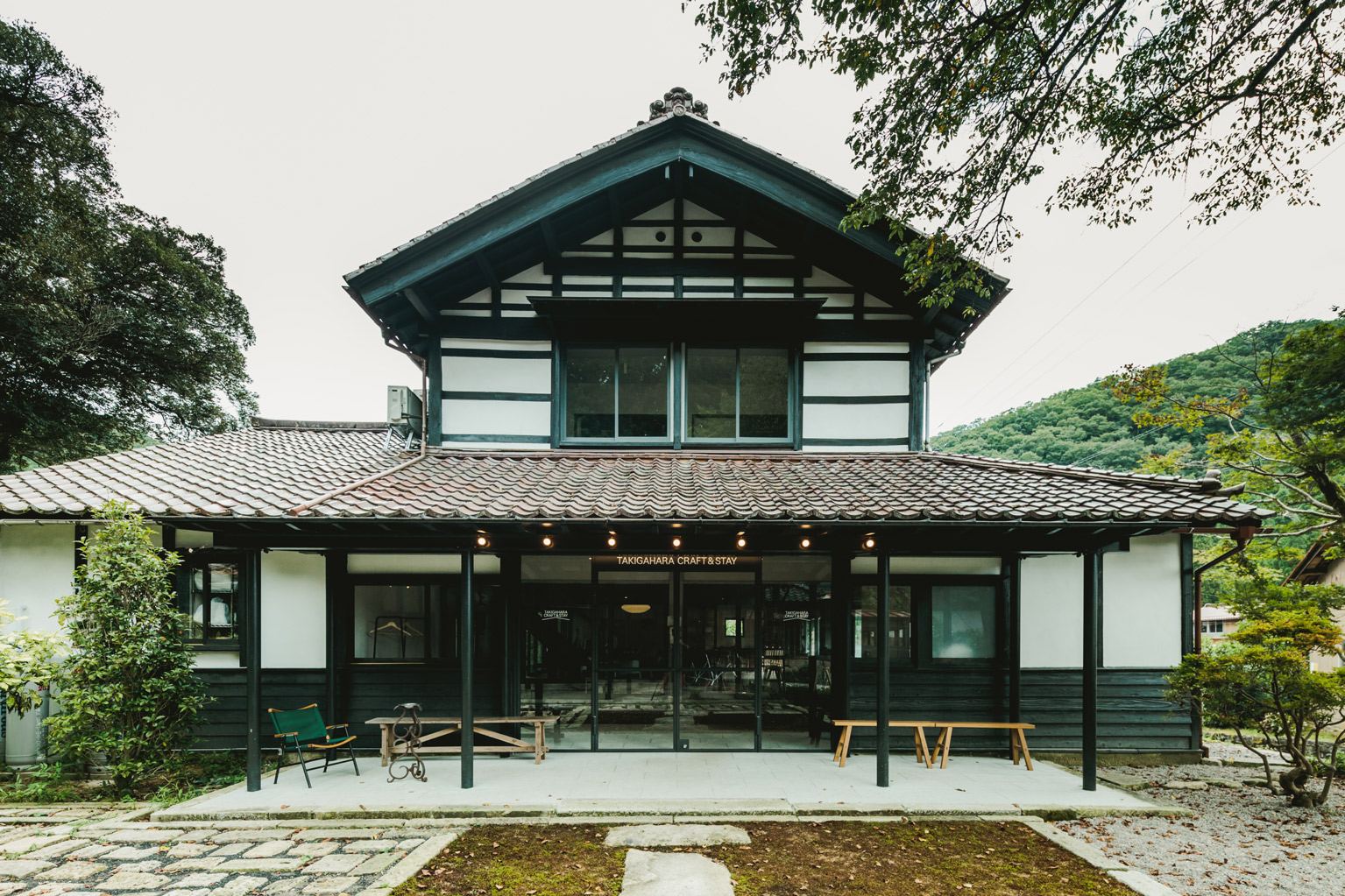
The Takigahara Effect
Most of the members of Takigahara are young — mostly in their 20s and 30s — and often move from the city to experience life in the countryside. It is, as the website states, “A place you can work on the land just as easily as online.”
One preconception when hearing that people have moved to the countryside is that people go off the grid for a digital detox and give up modern amenities. However, one of Takigahara’s most important premises is to reduce the sacrifices that one might feel compelled to make elsewhere. Davies, for instance, actually works in UX design, and looks out over mountains while holding Zoom calls. This way of mixing urban culture while in the countryside offers designers, programmers and others the chance to learn about nature, without giving up their jobs and forgoing technology forever.
In addition to providing an idyllic setting in which to remote work, it offers the chance to get down and dirty with nature. Davies shares, “I’ve got a better appreciation of the preservation techniques connected to food, whether that’s pickling or fermenting or curing or smoking, and the importance of it.”
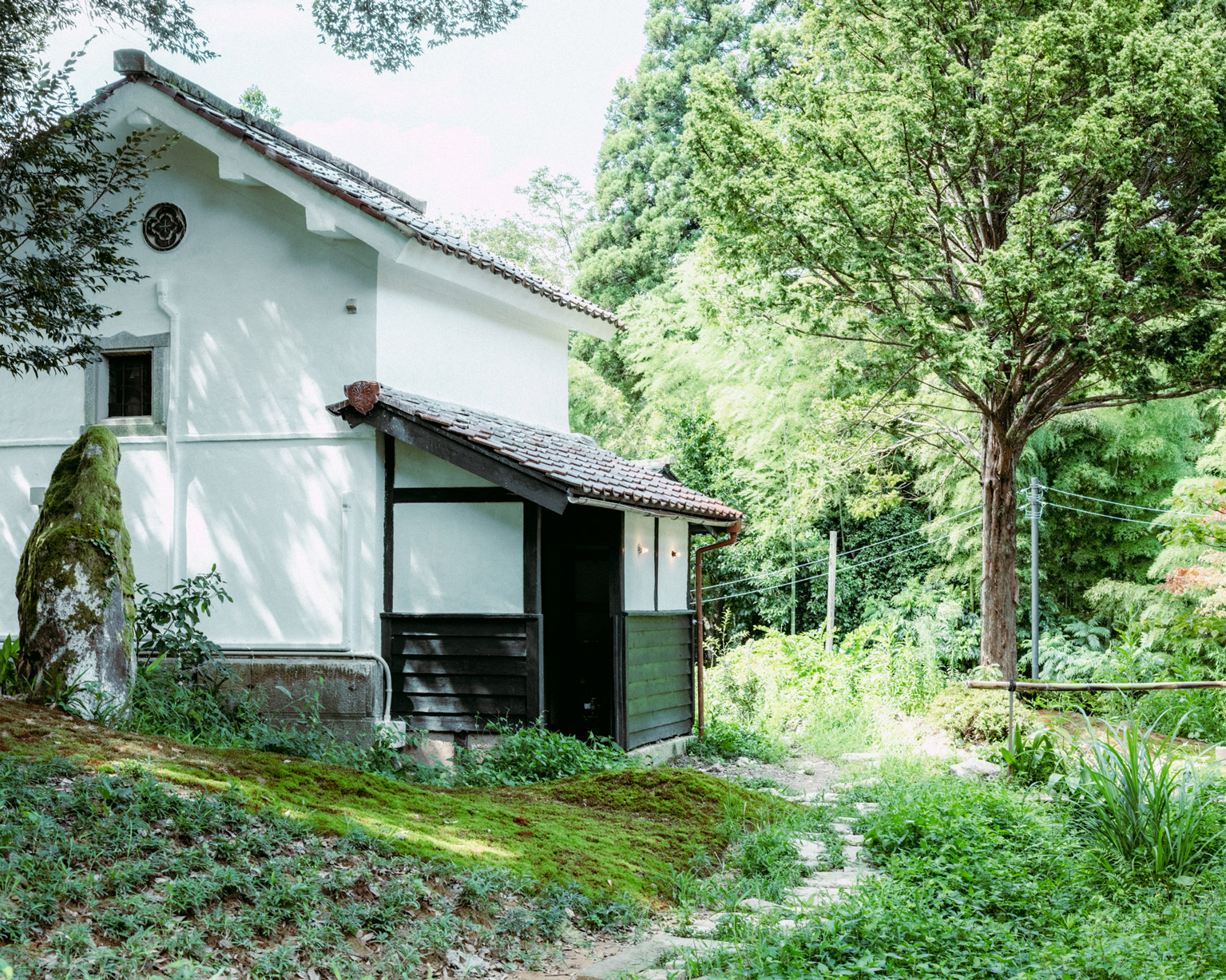
A Center of Cultural Exchange
Each person at Takigahara is pursuing a passion. Lawrence and Davies are into music, so they have started an annual music festival called Ishinoko, held in September each year. Jensen is passionate about education and started Nature School, a program to bring nature-curious city dwellers to Takigahara, alongside Ogawa two years ago.
She gives us two other examples: “Tomohiro came and he likes smoking things, so he smokes bacon himself. Ako-chan came recently. She’s a painter from Saga who loves chickens. Since then, she’s been taking care of them.”
Collaborating with the villagers is vital to the makeup of Takigahara, and part of the reason why it has been so successful. Lawrence tells us how the town residents stood up to defend Ishinoko from the city government that had tried to shut it down. When the festival came along, all the members of the neighborhood association swung by, commandeering their own tent and making merry throughout the day. “They love to drink!” he says.
Jensen adds, “Just two days ago, I was passing by the kindergarten and saw all the old men’s cars were parked outside. All the old ladies normally drink tea, but that day it was just okonomiyaki. Graham [Davies] came in too and we sat there for an hour. I just love that.”
Incidents like these, she tells us, are what attracted her to the project in the first place. “It’s just so nice!”
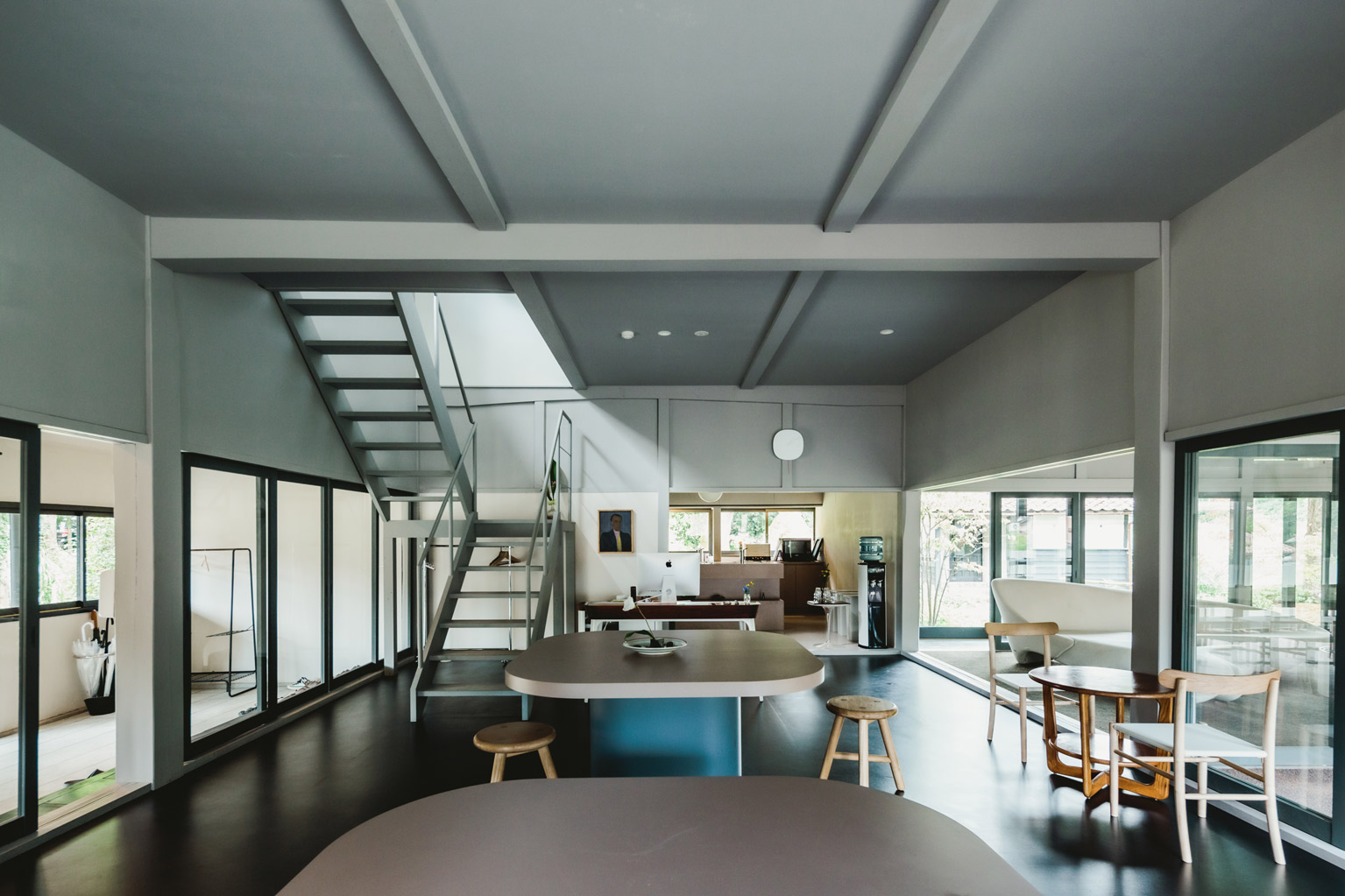
In terms of long-term plans, Lawrence, who helps coordinate the Takigahara team, tells us that they have begun to focus more on education. It has turned into a loose goal for the place, and they are looking to build a library on site. The project has also developed a relationship with local Kutani ware makers, bringing them to the farm to host talks and workshops as part of an upcoming craft tour.
Next year, Lawrence and Davies are preparing the next Ishinoko festival, and Jensen and Ogawa are developing Nature School and its curriculum further. Elsewhere, there is talk of a sauna. “Things,” as Lawrence tells us, “move fast.”
Updated On March 28, 2023

